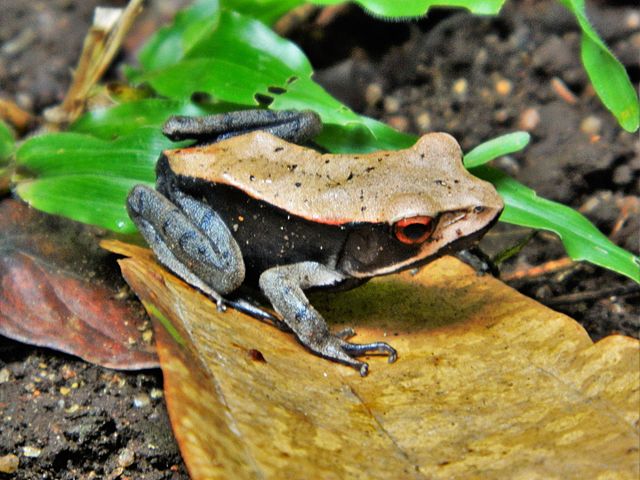
Endemism
Species unique to a natural location or habitat / From Wikipedia, the free encyclopedia
Dear Wikiwand AI, let's keep it short by simply answering these key questions:
Can you list the top facts and stats about Endemism?
Summarize this article for a 10 year old
Endemism is the state of a species only being found in a single defined geographic location, such as an island, state, nation, country or other defined zone; organisms that are indigenous to a place are not endemic to it if they are also found elsewhere.[1] For example, the Cape sugarbird is found exclusively in southwestern South Africa and is therefore said to be endemic to that particular part of the world.[2] An endemic species can also be referred to as an endemism or, in scientific literature, as an endemite.[citation needed]. Similarly many species found in the Western ghats of India are examples of endemism.



Endemism is an important concept in conservation biology for measuring biodiversity in a particular place and evaluating the risk of extinction for species. Endemism is also of interest in evolutionary biology, because it provides clues about how changes in the environment cause species to undergo range shifts (potentially expanding their range into a larger area, or becoming extirpated from an area they once lived), go extinct, or diversify into more species.[3]
The extreme opposite of an endemic species is one with a cosmopolitan distribution, having a global or widespread range.[1]
A rare alternative term for a species that is endemic is "precinctive", which applies to species (and other taxonomic levels) that are restricted to a defined geographical area.[4] Other terms that sometimes are used interchangeably, but less often, include autochthonal, autochthonic, and indigenous; however, these terms do not reflect the status of a species that specifically belongs only to a determined place.